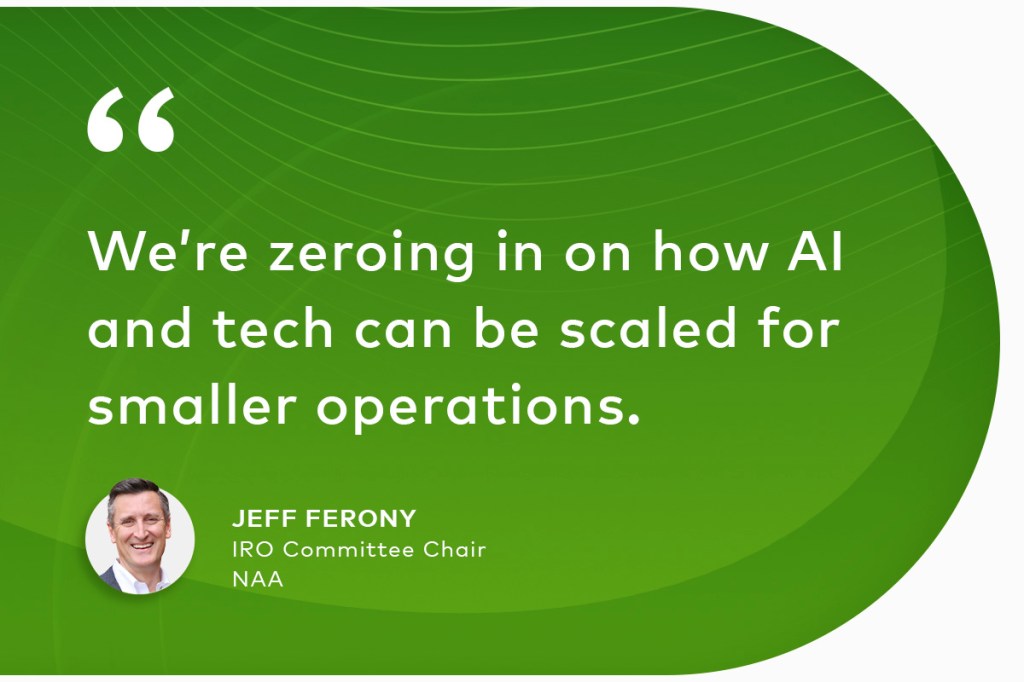As we close out 2022, real estate fundamentals are leaving many property managers, owners and investors in a difficult spot. Between market concerns and the lingering effects of the pandemic, nothing is easy or obvious moving forward. However, there are ways to prepare your real estate tech stack for 2023 and have your business running as lean and efficiently as possible.
We recently brought together some of our industry experts to share their insights.
What should property managers be prepared to see?
Before we look at what your real estate tech stack needs in 2023, we need to understand what’s going on in the housing market.
Perhaps the most important trend to prepare for is an anticipated deceleration of rent growth. In 2021-2022, multifamily went through a period of the most rapid rent growth in market history. According to Yardi Matrix, rents went up 15% nationally. That’s about three times more than any other year.
Even though 2022 started strong, rents have decelerated and flattened. This trend is expected to continue, and there are several reasons why:
- Slowdown in migration
- Decline in affordable housing markets
- Slower household formation
Slowdown in migration
For years, there’s been a migration trend from the coastal areas and high-cost metros to the Sunbelt. The pandemic accelerated this migration over the course of a year as opposed to a decade. Places like Phoenix and Las Vegas saw a huge influx of people. Now that absorption is turning negative. The migration to these areas has essentially stopped, and that’s going to stall rent growth in those areas.
Decline in affordability
Metros that were relatively cheap a couple of years ago have seen rents increase 25-35%. That’s because people might have left expensive states like California for more affordable secondary and tertiary markets and driven up rents. The number of households that pay more than 30% of their income on rent has gone up as well.
Slower household formation
In 2021, we saw a record level of multifamily absorption. About 600,000 net apartment units were absorbed, which is more than double the previous high. This was caused by a rebound in the job market to the tune of 22 million jobs. Along with that came very strong wage growth, which has been higher than we’ve seen in a very long time.
However, as the economy continues to cool and household savings diminish, household formations will also slow. This is going to result in less demand for apartments nationwide.
Tech helps you stack the deck
Normally, rent growth is very slow over the winter. Starting in the spring, we might see moderate growth extended over the next couple of years, but not anything like the rates we saw over the past two years.
This why your real estate tech stack matters more than ever.
As rents begin to flatten in the near term, it’s important that companies optimize their tech stack to protect their margins. Now that we’ve looked at the market conditions and examined how they came to be this way, we’re going to explore everything that needs to go into your tech stack for 2023.
Here’s how to navigate the process of changing systems and improve efficiency when growing a portfolio.
Checklist for real estate tech stacks: cloud-based, accessible & all-in-one
Now that we’ve covered the market conditions that are driving the need for smarter property management solutions, let’s look at what’s out there. Without a doubt, there is a proptech offering that fits your unique needs and budget. But how do you choose when there are dozens (maybe hundreds) to choose from?
When building a real estate tech stack, look for a software platform that accomplishes three goals right off the bat: it should be hosted in the cloud, accessible from anywhere and designed as an all-in-one platform that eliminates the need for other point solutions.
Popular read: All-In-On Property Management Software Is Everywhere. How Do You Choose?
Cloud-based software gives you a competitive edge
Cloud-based property management software decreases your IT overhead and maintenance. It also ensures you have the latest technology and security measures. As you know, security is a major factor when considering day-to-day interactions with sensitive property, financial and tenant data.
Accessibility means anywhere, anytime
Another important aspect of any real estate tech stack is program accessibility. With advances in cloud hosting and businesses relying more than ever on technology, it’s imperative that users can access data whenever they need to. A lot of people are on the road, walking around a property with a smartphone or working remotely. The expectation is that they can take their property management software along with them and work on any device.
All-in-one means one & done
It doesn’t get simpler than being able to work with one system of record as opposed to using multiple programs, spreadsheets and other manual tracking methods. It can be difficult and inefficient to maintain and train on separate systems to run your business, especially if you’re experiencing ongoing staffing shortages or turnover.
Our clients deeply value the automation they get with an all-in-one tech stack because it eliminates the need for parallel data entry and decreases time spent on repetitive tasks. These tasks include:
- Owner & tenant communications
- Monthly tenant billing
- Application processing & tenant screening
- Owner reports, etc.
Many property management offices are still using multiple solutions that don’t necessarily integrate well with each other. This often results in duplicate efforts, which takes more time and costs more money.
Why property managers should consider single-source tech stacks
The right property management tech stack increases convenience for renters and owners. We live in a completely different world since the pandemic, and it’s prompted property managers to seek touch-free solutions that help ensure the safety of their employees and residents. Online resident portals are the new standard for rent payments, maintenance requests and lease document signing.
Companies also switch software providers due to poor customer support. People need accessible technical support and modern support mediums to be successful. In 2022, the Yardi Breeze online Help Center reached 1 million views. That tells you how important access to video tutorials and help articles are to our clients.
When self-service help isn’t enough, clients expect to be able to chat with an actual human. Both help systems are necessities.
When is the best time to make the switch if you need to update tech?
If you’re thinking about switching to a new property management system, there are a few key factors to consider before choosing a date to move forward, such as:
- Upcoming software license expirations
- Annual processes such as 1099s
- Budgeting
- Staffing resources & workload
It seems like every season is a busy season, but it’s wise to aim for a software change during the least labor-intensive time of the year for your business. Every situation is different, but as a general practice, we recommend starting discussions 60 to 90 days before you’d like to begin operating in a new property management system.
If you plan to expand your property portfolio, start the software transition before any new acquisition happens so you can start day one in your new system. That allows tasks like registering tenants to a new portal to happen without disruption.
Last, consider your go live date. The first of the month may sound ideal, but that’s typically peak move-in and rent collection time. For that reason, it’s usually easier to go live during the second week of the month.
Common hesitations & concerns around transitioning software
It’s understandable to have concerns when making a big change. Most client hesitations can be planned for and overcome.
Property owners and managers worry about their leasing staff learning new software and feeling comfortable with it. To help offset this, educate your staff on the benefits of the new system and encourage them to be involved in the setup process and fully immerse themselves in the program. Implementations don’t have to be scary. They can actually be fun and exciting. Users who embrace the change and are eager to lean into the benefits of new software tend to be the most successful.
We also see hesitation to coordinate tenant-facing changes such as adopting a new online portal. Importantly, there are strategies in the setup process that can help ensure a smooth transition for your tenants. For example, give renters plenty of advance notice, or even better, provide multiple notices and deadlines with instructions to help them sign up and be ready to make payments for the first month on the new system. That way, there’s not a surprise when that time comes.
There may also be concerns about the setup duration in general. People wonder how they’re going to get this done quickly. The key is to divide and conquer.
Identify and specify who is helping with which tasks. For example, accountants should be responsible for bringing over financials, but a member of the leasing team should be the one entering tenant information. Set reasonable — aka manageable — deadlines for tasks leading up to your go-live date.
How we support clients during & after a software transition
One of our first steps is to pair Yardi Breeze clients with a product onboarding expert. We understand that each client’s business is unique, and their data and business processes reflect that. We take the time to understand each client’s goals and deadlines, so we can get a better idea of where to prioritize everyone’s time and efforts. Our team guides you through the required setup steps. We help educate your team on prerequisites and dependencies for using other features. The goal is to make our clients super users of the program.
After the setup portion is complete, we offer unlimited live chat support or phone support built right into the program.
How we address business-critical issues
In an ideal world, you wouldn’t run into any critical issues. But as you know, less-than-ideal things can come up. Our clients have an individual client success expert they can reach out to who will gather as much information as possible upfront, pull the right resources and act quickly toward a resolution.
Hopefully, this article gave you a sense of what to look for in a real estate tech stack for 2023 and beyond. If you have questions for us the Yardi Breeze live chat team is just a click away.



